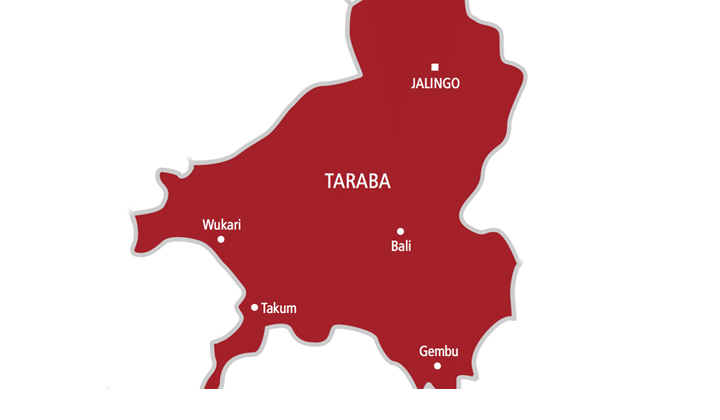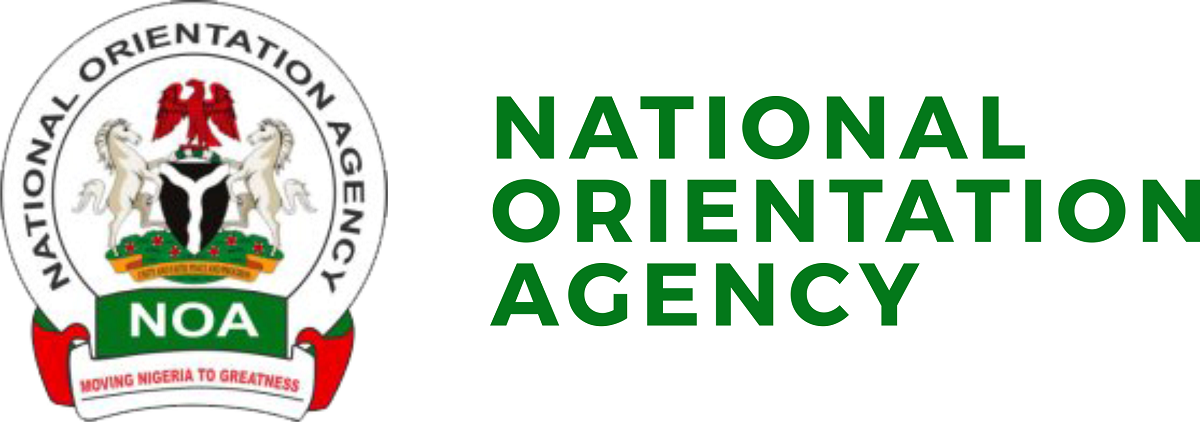Nigeria records 532 meningitis cases, 124 deaths
Nigeria has reported a total of 532 confirmed cases out of 1,686 suspected cases of meningitis, including 124 deaths, for a case-fatality ratio of seven per cent.
Ther cases were reported from 81 local government areas in 22 states, including the Federal Capital Territory in Nigeria from From October 1, 2022, to April 16, 2023.
This is according to the epidemiology situation of the disease in Nigeria as of April 27, 2023, released by the World Health Organisation.
The report showed that males account for 57 per cent of the total suspected cases.
“The highest proportion of reported cases is among children aged 1 to 15 years. Jigawa state accounts for 74 per cent (n = 1252) of all suspected cases, and this state borders the Zinder region in Niger, where a meningitis outbreak has been reported since October 2022.
“A total of 481 cerebrospinal fluid samples were collected from patients in 18 states. Out of these samples, 247 tested positive for bacterial infection by PCR test. Among the positive cases, 226 (91 per cent) were caused by Neisseria meningitidis serogroup C (NmC), while 13 cases (5.4 per cent) were caused by Streptococcus pneumoniae, and only one case (0.4 per cent) by Haemophilus influenzae.
“For 232 samples the result was negative, and for two the result is pending. In the last five weeks alone (epidemiological weeks 11-15), 41 out of 140 samples tested (29 per cent) were positive for NmC. The confirmed cases were reported from eight states including Jigawa (231), Zamfara (six), Yobe (five), Benue (one), Gombe (one), Katsina (one), Oyo (one), and Sokoto (one).
“Jigawa state consists of 27 LGAs, of which 25 have reported at least one suspected case. There have been 66 deaths in Jigawa state. During the current outbreak, Maigatari LGA and Sule-tankarkar LGA have both crossed the epidemic threshold of 10 suspected cases per 100,000 population and account for 60 per cent of the total reported cases, with 505 and 247 cases respectively,” the report read in part.
The CFR for the outbreak is seven per cent and five per cent at the national and Jigawa state level, respectively.
Meningitis is a serious infection of the meninges, the membranes covering the brain and spinal cord. It is a devastating disease and remains a major public health challenge. The disease can be caused by many different pathogens including bacteria, fungi or viruses, but the highest global burden is seen with bacterial meningitis.
Several different bacteria can cause meningitis. Streptococcus pneumoniae, Haemophilus influenzae, and Neisseria meningitidis are the most frequent ones. N. meningitidis, causing meningococcal meningitis, is the one with the potential to produce large epidemics.
Meningococcal meningitis is transmitted from person to person through droplets of respiratory and throat secretions, usually by asymptomatic carriers. Close, prolonged contact with an infected person, or living with a carrier, facilitates the spread of the disease. The average incubation period is four days but can range between two and 10 days.
“The extended meningitis belt of sub-Saharan Africa, stretching from Senegal in the west to Ethiopia in the east (26 countries) and including the northern part of Nigeria, has the highest disease rates.
“Meningitis in these countries follows a seasonal pattern, being most common during the dry season (December through June) with a peak between March and April, when there is persistent low air humidity and high dust loads that are believed to damage the pharyngeal mucosa and ease the colonization of the nasopharyngeal epithelium by the meningococci. Seasonal epidemics vary in size from year to year.
“Response measures implemented during an outbreak, including improved case finding and management as well as mass vaccination campaigns, contribute to outbreak control,” WHO said.
Meningococcal meningitis remains a public health concern, in Nigeria, with outbreaks reported in recent years.
However, with support from WHO, the Nigeria Centre for Disease Control and Prevention is implementing response measures at the national level.











